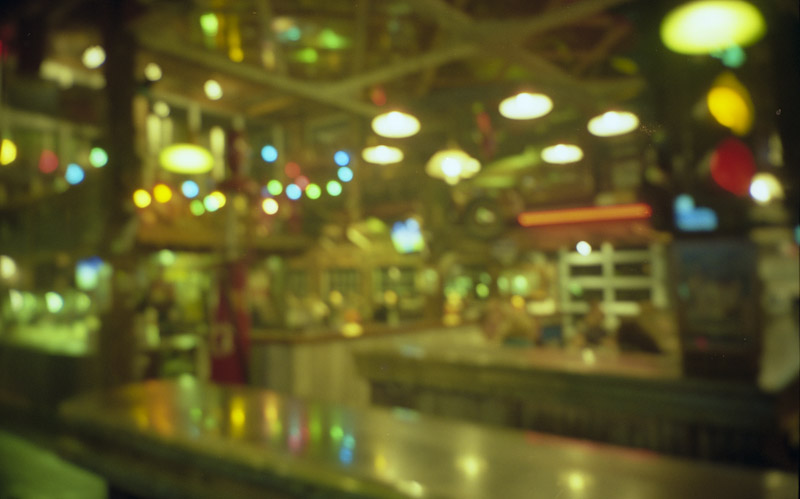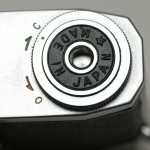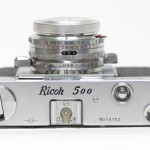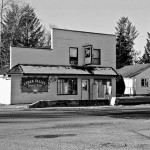Aug
15
2011
That’s some serious flare in the back lit picture, you can’t get that from a modern lens. Yes I’m actually pleased about that, it may not be something you want in your everyday photography but if you need that look for a reason this would be the way to get it.
no comments | tags: camera, film, Ricoh | posted in Cameras, Photography
Aug
14
2011

In honour of Ricoh purchasing the digital imaging business of Pentax from Hoya I present the Ricoh Auto Shot. 1960’s design, function and results, the later ensured by using a poor quality cheap film. The defining features of this camera are it’s two shutter speeds (1/30) of a second in manual mode and 1/125 in auto and that the film advance is accomplished by a clockwork spring. Unfortunately my spring is mostly noun and not so much verb, resulting in a single exposure for every wind instead of the much cooler 6 when it was new. The exposure adjustment is controlled by a selenium cell surrounding the 35mm f2.8 lens. The aperture blades come together to produce what I like to call batkeh, odd bat shaped highlights at some apertures.

It’s a small camera as you can see here when compared to a quarter. The shutter release is actually OK being in the front as your index finger naturally falls on top of it when you hold the camera up with both hands, there being no other way really to hold it and trip the shutter. The fastest setting is for ASA200 film which makes the 10 possible selections between 12 and 100ASA amusing. It’s a fun little camera and if I ever find myself time traveling to 1964 I will be sure to take it along.

no comments | tags: camera, film, Ricoh | posted in Cameras, Photography
Jan
29
2011

Despite the fact that Ricoh has overused the “500” moniker I love the uniqueness of this particular camera. The film advance lever is located underneath instead of the more traditional right thumb location. Being entirely a manual camera exposure levels need to be determined with a light meter or other means. Rather that seeing this as detrimental I actually think that this helps the photographer to really consider what they are perceiving. You need to put some conscious effort into the making of the image.
If you look at the bottom of the camera you can see that there are two locks on either side that secure the back and bottom plate to the rest of the camera. The back must be removed for loading and unloading the film. Inside I’ve circled the two cams that interlock in order to advance the film. The bottom one is made from spring steel in such a way that it advances the film one way but slips over the other one when returning the advance lever. When I first received this camera this mechanism was not working but simply bending the spring steel cam by a fraction of a millimeter, so the two cams met, brought it back into operation. Another thing with this camera was that the focus mechanism was frozen. I carefully applied a small amount of constant force be hand until the hardened grease loosened up. Then by turning the focus numerous times the focus became smooth and even, while it is a bit stiff it could be described as nicely dampened. The reason I mention these things is that the first response to a non functioning camera shouldn’t be to rashly disassemble but to spend time with it and figure out what isn’t working and why.

2 comments | tags: 500, Cameras, film, Photography, Ricoh | posted in Cameras, Photography
Jul
27
2010
I haven’t had the time to do much photography lately and my studio isn’t ready for me to paint in yet so I thought I would take a moment to look at some older images that haven’t been published yet.

no comments | tags: composition, film, Photography, Ricoh | posted in Composition, Photography
Mar
5
2010
Well I thought I would be able to predict where this camera focused but apparently not. It’s a little too random for my liking, however as far as massively out of focus pictures go I like this one. Ohhh look at the pretty colours, aren’t they pretty.

no comments | tags: film, Photography, Ricoh | posted in Photography

























